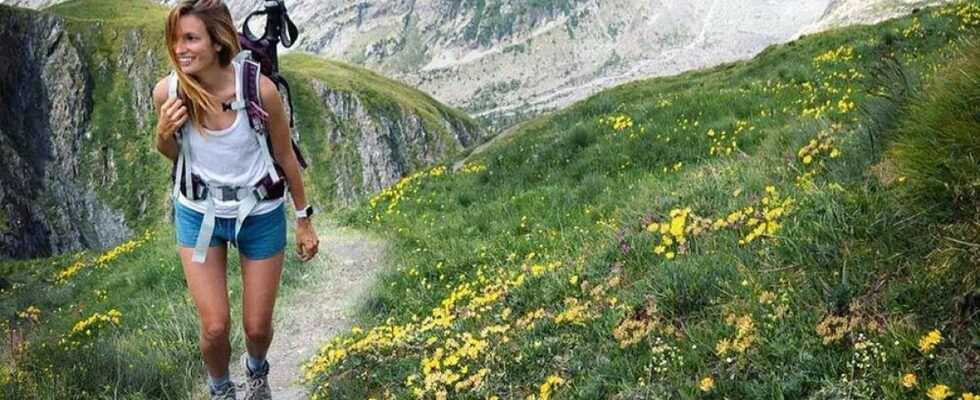"As much as necessary, as little as possible" is the motto when packing your backpack – meaning: The most important thing is that you don't take the superfluous with you. Some items, however, always belong in the backpack.
Checklist for hiking: These 12 things are essential in your backpack
1. A First aid kit for emergencies
2. Blister plasters, tape, painkillers and a Lighter
3rd One Hydration bag – It takes up less space than water bottles and has a larger capacity. You should have 1.5 to 2 liters of water with you on a day hike.
4. Waterproof and windproof clothing: A rain jacket belongs in every properly packed backpack – the weather in the mountains can change quickly.
5. A hat and sun protection for the head: A hat should be in your backpack even in summer. The reason: in the event of an accident, it protects the head from cooling down and keeps the injured person conscious longer.
6. A Smartphone (plus power bank): Not only important for photos and videos, but also to be able to notify the mountain rescue in an emergency.
7. Sunscreen: Because the UV radiation in the mountains is much more intense than in the city, even when it is cloudy.
8. Good sunglasses: not only an important sun protection, but also a wind protection
9. Provisions: The correct amount depends on the length of the tour and whether there are managed huts on the way.
10. DAV ID card (if available) and ID card
11. Cash: You can rarely pay with an EC card in the huts.
12. Cards or Hiking guide on the go
Comfort: How to pack your backpack properly
Packing properly increases comfort. After all, we don't want to have any pain in the back even after a few hours. You should pay particular attention to this when packing your backpack:
Pack according to accessibility: At the bottom of the backpack there is space for items that we don't always have to have on hand during the hike. In the easily accessible lid compartment, on the other hand, it is best to pack essentials such as sunglasses or a hat.
Pack heavy things close to the body: Heavy objects, such as a padded hydration bag, best belong on the backpack wall. If you pack heavy items outside, the backpack pulls back, which in the long run puts unnecessary strain on your back and shoulders. Also important: Always pack heavy items at waist height, as the weight of the backpack is mainly carried with the waist belts.
If necessary, make the backpack slim: If there is free space in the backpack, you should pull it narrower with the outer straps. The leverage is reduced so well and the load sits even closer to the body.
What you have to consider when buying a backpack
The size: Before buying a hiking backpack, you should always ask yourself what you actually want to do with it. If you only plan day trips, a capacity of 20 to 30 liters is sufficient, backpacks should be able to hold a good 30 to 50 liters for multi-day hikes.
The back ventilation: Backpacks with an integrated mesh back or a mesh back prevent hiking from sweating too quickly and too much.
The waist straps: Should be wide and padded, since they carry most of the weight of the backpacks.
The straps: The shoulder straps should be padded and adjustable in length.
The chest strap: An adjustable chest strap not only prevents the straps from slipping, but also gives the backpack more stability. In addition, you can not lose it – even if you fall.
Variable back length: Make sure that the backpack can be optimally adapted to your own back.
Integrated rain cover: They all have modern backpacks. It prevents the contents of the backpack from soaking through heavy rain.
This article was written by (Alexandra Schöb)
You might also be interested in:
The Corona crisis currently leaves many people without long-distance travel. Motorhome trips are extremely popular. However, prices on the new and used car market remain stable. Which campers the Germans like.
Vegetarians and vegans are not better people. But mostly they are leaner and healthier than meat eaters. New scientific studies have now found further differences – they even affect the psyche.
Professional angler Franz Blum has once again pulled a huge fish from Lake Constance. Blum posted a photo of a catfish on Facebook. The animal was more than two meters long.
